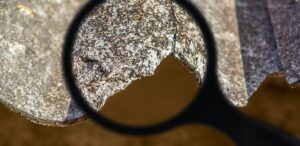
Will a Surveyor Look for Asbestos? Exploring Inspection Procedures
When considering the purchase or renovation of a property, it’s crucial to be aware of the potential presence of asbestos in the building materials. Asbestos, a hazardous substance once used widely in construction, can pose serious health risks if disturbed or damaged. You might wonder if a surveyor will look for asbestos during a property survey.
The answer is yes, a competent surveyor typically includes an assessment of the presence of asbestos-related materials in their survey. This is particularly important for properties built before the late 1990s when the use of asbestos was banned. The surveyor will examine various elements of the property for visible signs of materials that might contain asbestos, such as pipe insulation or wall preparations. Remember that a thorough examination may require bringing in a specialized asbestos surveyor who has significant expertise in this area.
Check out our article ‘Domestic Properties: Where Is Asbestos Commonly Found?’
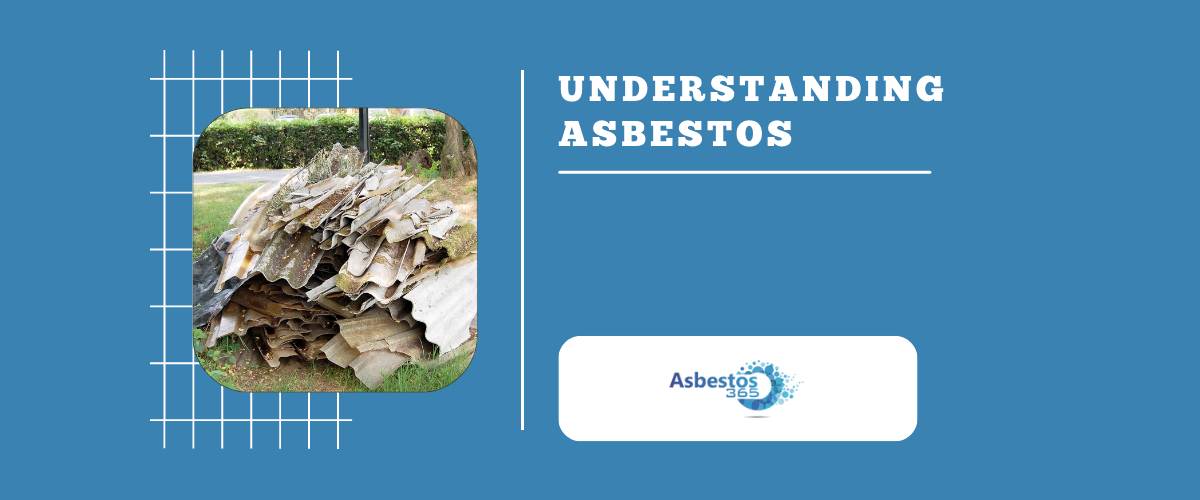

Understanding Asbestos
What Is Asbestos
Asbestos is a naturally occurring fibrous material that was widely used in the past as a versatile building material, due to its durability, heat resistance, and insulating properties. It can be found in insulation, pipe lagging, ceiling tiles, floor coverings, and various other construction materials. However, when asbestos-containing materials are damaged or disturbed, they release harmful fibres into the air that can pose serious health risks when inhaled.
Health Risks Associated With Asbestos
Asbestos exposure can lead to several dangerous diseases, including lung cancer, asbestosis (a chronic lung condition), and mesothelioma (a rare cancer affecting the lining of the lung and chest cavity). The risk of developing asbestos-related health issues depends on factors such as the concentration of asbestos fibres in the air, the duration of exposure, and individual susceptibility.
It’s crucial to identify potential asbestos-containing materials in your property, particularly during renovation or demolition work, to reduce the risk of exposure. A professional surveyor can help detect the presence of asbestos and guide you on the appropriate steps to manage or remove the hazardous materials safely.
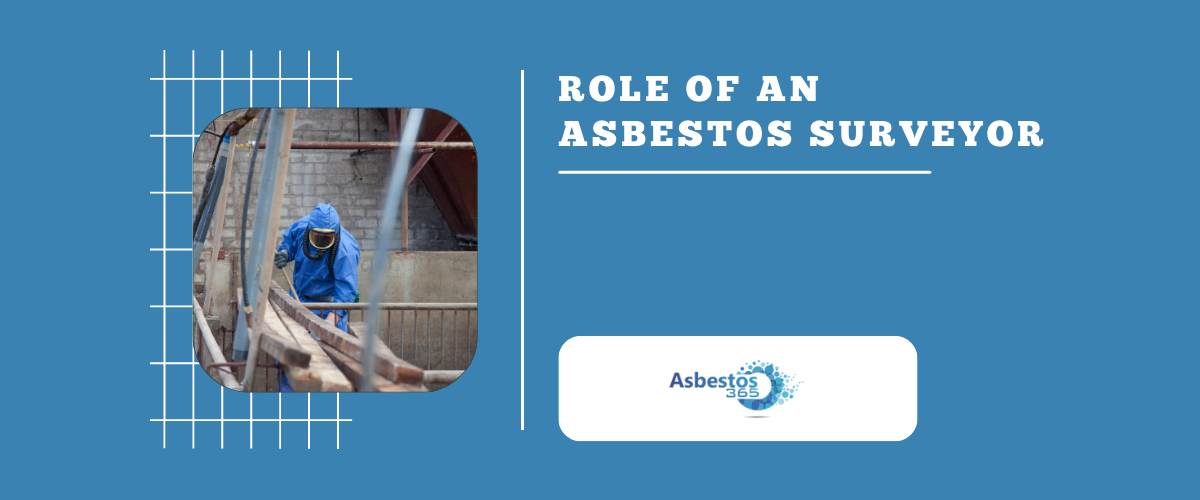

Role of an Asbestos Surveyor
Skills and Training
As an asbestos surveyor, it is crucial for you to have the necessary skills and training to identify asbestos-containing materials (ACMs) in buildings. Obtaining proper training will help you effectively and safely inspect for asbestos in ceilings, walls, boilers, and other areas where ACMs might be present. Training courses are available to help you understand the health risks, usage, and properties of different types of asbestos. These courses will also cover building legislation related to asbestos, planning surveys, and data collection techniques.
In addition to formal training, gaining practical experience in the field of asbestos surveying is essential to becoming a competent surveyor. Hands-on experience significantly improves your competence in analyzing plans and technical drawings when conducting asbestos surveys.
Integrity and Impartiality
Integrity and impartiality play a vital role in your work as an asbestos surveyor. You must maintain a high degree of professionalism when assessing and reporting on the presence of asbestos in a building. Impartiality ensures that your findings are unbiased and free from any external influences. To maintain your integrity, it is important to follow established guidelines and regulations related to asbestos surveying and management. This includes accurately reporting the asbestos type, location, extent, condition, and any surface treatment.
In summary, to be an effective asbestos surveyor, you should possess the necessary skills, training, and experience to perform your duties with utmost competence, integrity, and impartiality. This will ultimately help maintain the safety of workers and building occupants, and ensure that asbestos-containing materials are properly managed.
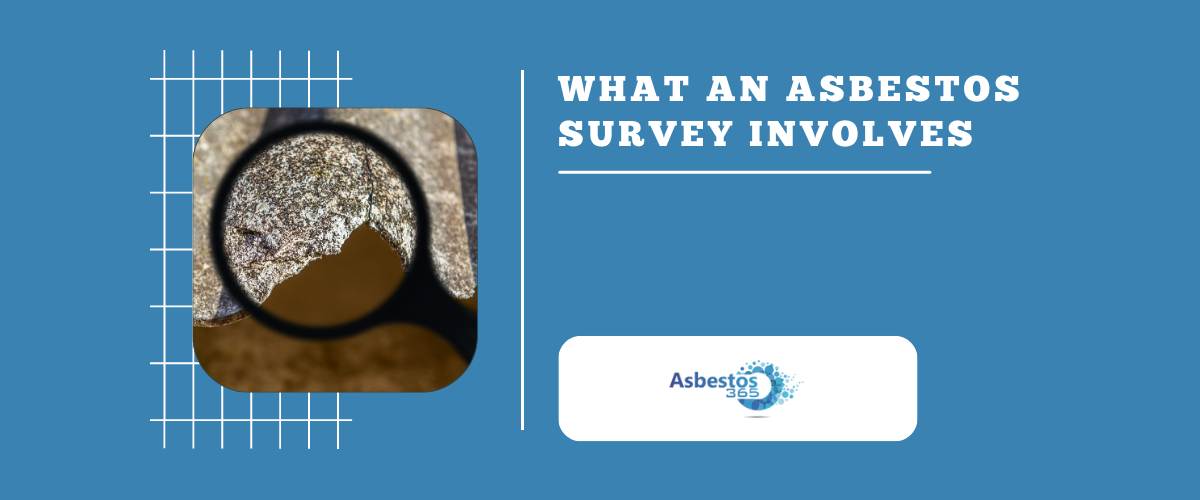

What an Asbestos Survey Involves
An asbestos survey is a crucial process for identifying asbestos-containing materials (ACMs) within a building. In this section, you’ll learn about the key steps involved, tools and techniques used by surveyors, and what happens when samples are taken for laboratory analysis.
Key Steps
- Identify the purpose of the survey: The first step in an asbestos survey is to determine the reason for the survey. Management surveys are typically conducted to identify and manage ACMs during normal occupation and use of a building.
- Site inspection: Surveyors will thoroughly inspect the premises to locate and evaluate any potential ACMs. They’ll take note of their location, quantity, and condition.
- Sample collection: If a suspect material is identified, surveyors will collect a sample for laboratory analysis to confirm whether it contains asbestos.
- Report: Once the survey is complete and the samples have been analyzed, a detailed report will be provided. This document includes information about the location, extent, and condition of any identified ACMs, as well as recommendations for managing or removing the materials.
Tools and Techniques
Surveyors use various tools and techniques during an asbestos survey to help with identification and sampling of ACMs. Some of these include:
- Visual inspection: A meticulous visual inspection of the premises is the primary method used to identify suspect materials. Surveyors will look for known asbestos-containing products and materials, such as insulation, roofing, or pipe coverings.
- Physical sampling: When a suspect material is identified, surveyors will use specialised tools to collect a small sample without causing excessive damage or releasing asbestos fibers into the air.
- Documentation: Photographs and detailed notes will be taken to document the findings and help create a thorough report that you can use to manage the identified asbestos materials.
Once samples are collected, they are sent to a laboratory for analysis. The laboratory will use specialized techniques, such as polarized light microscopy or transmission electron microscopy, to determine if the samples contain asbestos. The results will then be included in your final report, which aids in managing or removing any identified ACMs.
Check out our article ‘Early Symptoms of Asbestos and What To Do About It’
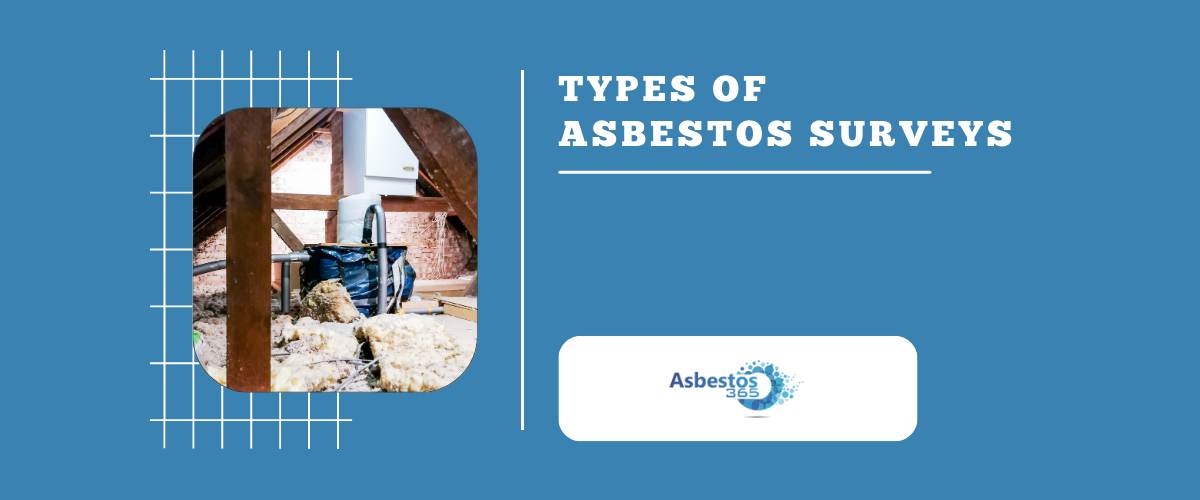

Types of Asbestos Surveys
Asbestos surveys are legally required to manage any asbestos-containing materials (ACM) in non-domestic premises built before the year 2000. Understanding the different types of asbestos surveys can help you ensure the safety of your property and comply with regulations. This section will discuss the three main types of asbestos surveys: Management Survey, Refurbishment Survey, and Demolition Survey.
Management Survey
A Management Asbestos Survey is conducted to locate and identify any asbestos-containing materials in your building during normal occupancy and use. The purpose of this survey is to help you manage the asbestos present in the property. It will provide you with information on the location, amount, and condition of any ACMs, allowing you to develop a comprehensive asbestos management plan.
The surveyor will take samples and conduct a visual inspection but will avoid causing extensive damage or disturbance. It is essential to ensure proper communication with the surveyor, informing them of your needs and concerns.
Refurbishment Survey
A Refurbishment Survey is required when you plan to make changes to your building, such as upgrading or refurbishing specific areas or installations. This type of survey involves a more intrusive investigation than a Management Survey, as it focuses on identifying ACMs that may be disturbed during the refurbishment process.
Before starting any refurbishment work, it is crucial to commission a Refurbishment Survey to ensure the safety of workers and building occupants. The results of the survey will help guide your project and determine if any asbestos removal or mitigation is necessary.
Demolition Survey
A Demolition Survey is mandatory when you plan to partially or entirely demolish a building. This survey aims to locate and identify all ACMs within the structure before demolition, as asbestos fibers can be released into the air during the process, causing significant health hazards.
Similar to a Refurbishment Survey, a Demolition Survey is highly intrusive and may require destructive examination of the building’s components. The outcome of this survey will help you assess the risks and ensure the safe removal of asbestos-containing materials before demolition.
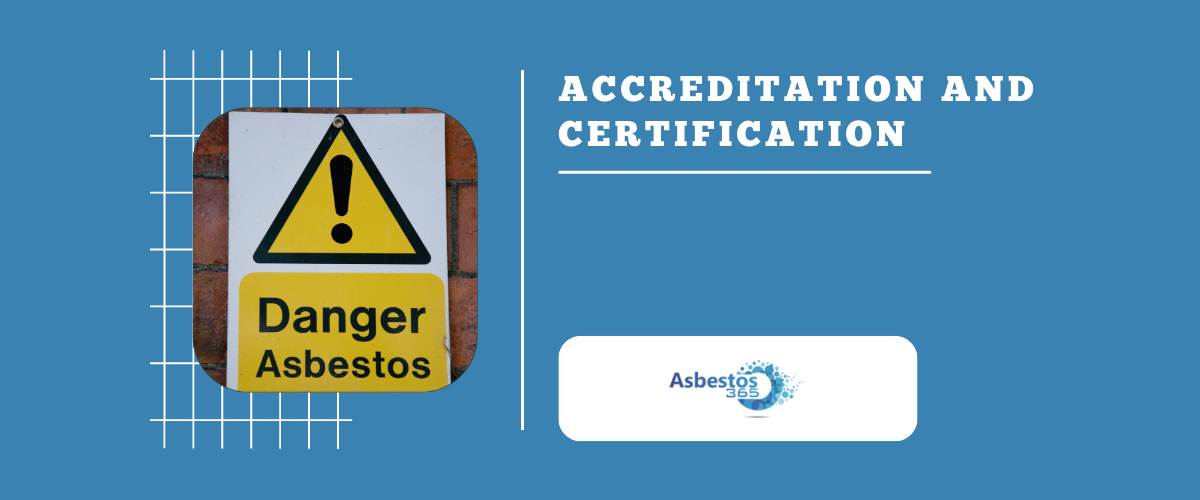

Accreditation and Certification
United Kingdom Accreditation Service
The United Kingdom Accreditation Service (UKAS) plays a crucial role in accrediting asbestos surveying organizations in the UK. While there is no legal requirement for asbestos surveyors to be accredited, the Health and Safety Executive (HSE) strongly recommends using surveyors accredited to the standard BS EN ISO/IEC 17020. UKAS assesses asbestos inspection bodies to ensure that they are impartial, competent, and adhere to the necessary standards.
UKAS accreditation covers over 150 asbestos inspection bodies that carry out surveys under ISO/IEC 17020 accreditation. This ensures that these organizations maintain their competence and impartiality throughout the surveying process.
Chartered Surveyor Certifications
In addition to UKAS accreditation, chartered surveyor certifications can also demonstrate the competence of a surveyor. These certifications are provided by professional organizations like the Royal Institution of Chartered Surveyors (RICS) and other relevant bodies in the UK. However, it is important to note that chartered status does not automatically mean that a surveyor is competent in asbestos surveys, since this depends on individual experience and qualifications. Therefore, you should carefully evaluate your surveyor’s background, experience, and accreditation status before hiring them for an asbestos survey.
To ensure the asbestos surveyor you choose has the necessary competence, consider prioritizing organizations with UKAS accreditation and chartered surveyor certifications. A combination of both will provide greater assurance of their skills and impartiality when identifying asbestos in your property.


Asbestos In Premises
Types of Premises
Asbestos can be found in various types of premises, including residential, commercial, and industrial properties. It was widely used in the past for insulation, fireproofing, and as a building material. As a result, asbestos may be present in your homes, offices, and other buildings constructed or refurbished before the year 2000. Proper management and identification of asbestos are essential to minimize the potential health risks associated with its exposure.
Asbestos in Homes
In your homes, asbestos may be found in several areas, such as:
- Roof sheets and tiles
- Pipe lagging
- Loose-fill insulation
- Textured coatings on walls and ceilings
- Partition walls
- Vinyl floor tiles
It is crucial to be aware of where asbestos may be present in your home and take appropriate measures to avoid disturbing it. If you are planning any renovations or DIY projects, ensure to consult a competent surveyor to identify and manage asbestos-containing materials (ACMs) safely.
Asbestos in Offices
Asbestos may also be present in office buildings, and similar precautions should be taken as those recommended for homes. Common locations for asbestos in offices may include:
- Suspended ceiling tiles
- Partition walls
- Insulation materials
- Pipe lagging
- Electrical wiring insulation
As the owner or duty-holder of the office property, you are responsible for managing the risk of asbestos.
A management survey should be conducted by a qualified surveyor to identify ACMs in the premises. The results of the survey will help you in planning and prioritising any necessary remediation steps to ensure a safer working environment for you and your staff.
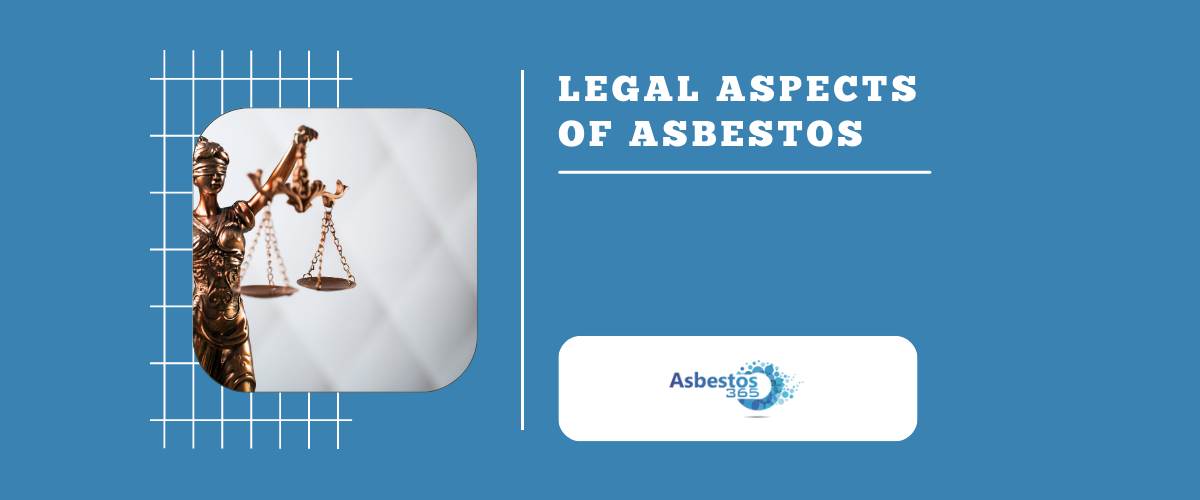

Legal Aspects of Asbestos
Government Legislation
In order to protect public health and the environment, the government imposes strict regulations regarding the management and removal of asbestos-containing materials (ACMs). The Control of Asbestos Regulations 2012, enacted under the Health and Safety at Work Act 1974, sets out the legal framework for asbestos management and control in the UK.
The legislation is aimed at duty-holders, which include building and property owners, landlords, or those responsible for the maintenance and repair of premises. As the duty-holder, you are responsible for ensuring that ACMs in your property are properly managed to prevent the release of asbestos fibers, which can cause serious health problems.
Legal Requirements of Asbestos Removal
As part of the legal obligations under the Control of Asbestos Regulations 2012, you must ensure that a competent asbestos survey is carried out to identify the presence of asbestos in your property. While there is no legal requirement for asbestos surveyors to be accredited, the Health and Safety Executive (HSE) strongly recommends using accredited surveyors to standard BS EN ISO/IEC 17020.
If asbestos-containing materials are found, a management plan must be developed. This plan should outline the actions you will take to manage and, if necessary, remove the asbestos. Removal of high-risk ACMs, such as friable or damaged asbestos insulation, must be carried out by licensed asbestos removal contractors. Other lower risk ACMs, such as asbestos cement, may be removed by non-licensed professionals, provided specific safety measures and guidelines are followed.
Failing to comply with the legal requirements for asbestos management and removal can result in serious penalties, including fines and even imprisonment. As a duty-holder, it is crucial that you stay informed about the current asbestos regulations and ensure that you are taking the necessary steps to protect the health and safety of those in your property.
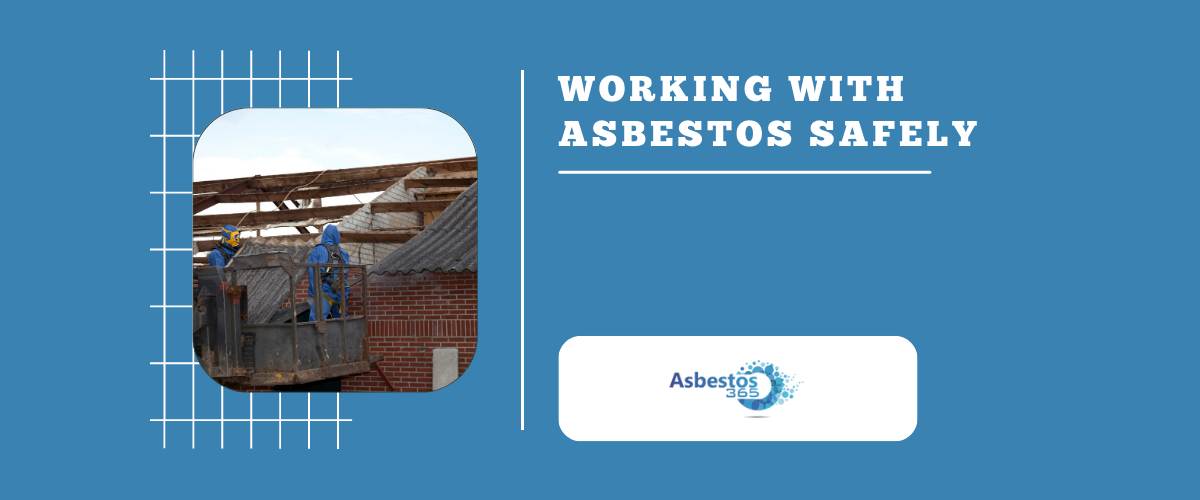

Working With Asbestos Safely
Remedial Work
When dealing with asbestos, it’s crucial to minimise the risk of disturbance. If you encounter minor asbestos disturbance during your work, you should stop immediately and inform your supervisor or employer. They will take the necessary steps to address the issue, including conducting remedial work when appropriate. Remedial work may involve sealing or encapsulating the asbestos-containing materials to prevent the release of asbestos fibers.
Asbestos Removal Procedures
In some cases, asbestos-containing materials must be removed from a property. If you’re involved in asbestos removal, it’s essential to follow proper procedures to ensure your safety and that of others around you. These procedures should include:
- Isolating the area where the asbestos-containing materials are located
- Using suitable Personal Protective Equipment (PPE), such as respirators and protective clothing
- Employing controlled wetting techniques to suppress dust and asbestos fibers
- Properly disposing of asbestos waste in designated bags or containers
Always consult with a certified asbestos professional to ensure that the removal process is carried out safely and in compliance with regulations.
Frequently Asked Questions
In a level 2 survey, the surveyor will identify if asbestos-containing materials (ACMs) are suspected in the property. They will examine accessible areas and materials, but the survey will not include intrusive investigation or testing. If asbestos is suspected, it is recommended to obtain an asbestos survey to determine the extent and risk of asbestos presence.
An asbestos survey must locate and identify any asbestos-containing materials in the building, determine the type of asbestos, and assess the condition of these materials. Following the survey, a report will be provided outlining these findings, allowing property owners to make informed decisions about asbestos management.
Asbestos presence can potentially impact the price of a property, as the cost of removal or management of asbestos-containing materials may need to be factored into negotiations. However, each situation is unique, and the impact on property value will depend on factors such as the extent and location of the asbestos and the local housing market.
To obtain an asbestos report, you will need to hire a competent asbestos surveyor, who will carry out a survey of the property and provide a report. The report will include the locations, types, and conditions of any asbestos discovered, allowing property owners to appropriately manage or remove the asbestos-containing materials.
An asbestos surveyor will inspect accessible areas and materials within a building, looking for asbestos-containing materials. They will evaluate the type of asbestos present, its location, and the condition of the materials, which will be documented in their report following the survey.
In the UK, sellers are not legally required to disclose the presence of asbestos when selling a property. However, it is in the best interest of both parties for potential asbestos problems to be identified and dealt with before the sale is finalised. As a buyer, you can request an asbestos survey to ensure you are aware of any asbestos-containing materials before purchasing the property.
You can speak to one of our experts on 01923 911013 for advice or testing.








